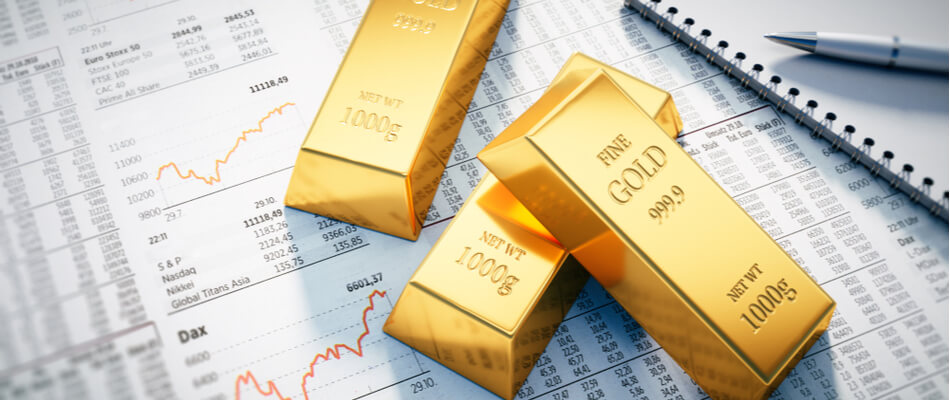What exactly is the meaning of gold?
You could say that gold is the most important precious metal that exists. For centuries, gold has been used as legal tender and it still represents a certain fixed value. Until the middle of the previous century, coins were made of gold, while the first gold coins were minted between 560 and 546 BC. It is still a very popular commodity and the precious gold exerts an enormous attraction and not only on treasure hunters. The name precious metal already reveals somewhat that gold is a metal that appeals to everyone’s imagination in terms of appearance.
Gold is originally present in the earth’s crust. This means that it cannot be made by humans themselves. The gold reserve in the entire world is therefore limited and production cannot be increased. All the available gold has mostly not yet been mined and has not yet reached the surface and is therefore available for trading. It is not without reason that there are 3,000 listed companies that see potential in this and are looking for gold and other raw materials. The vast majority of the gold that has already been mined is stored in the vaults of large banks.
What are gold mining stocks?
Gold mining shares are issued by companies that focus on mining gold. To do this, large areas must be excavated, also known as mining. Large sums of money are involved in this business sector. There are high costs associated with the necessary equipment and personnel. In addition to qualified personnel, there is also a great need for specialized and often large and expensive machines and equipment in this sector. Obtaining a permit or license also involves large costs.
The value of gold and the related value of gold mining stocks is mainly determined by the supply and demand model. Of course, gold also has a certain intrinsic value, but this is difficult to determine. The production costs also play a significant role.
Gold mining stocks as an investment vehicle
The fact is that buying gold is an expensive affair and that you have to dig deep into your pockets for it. That is not for everyone. Moreover, holding gold for a long time does not yield a high return and storing gold entails a safety risk. There are no dividend payments with gold. In order to still be able to profit from the advantage that is associated with the price gains of gold, gold mining shares are often used. It is therefore more convenient to trade in gold shares with a broker.

What are the risks of gold shares?
Gold is a popular product and is used on a large scale. The demand for gold is therefore high and that immediately means that the gold price will rise. A lot of gold is used for the production of jewelry. There are also other sectors such as industry and health care that use gold.
As you know, there is a certain risk associated with every form of investment. Gold shares, unlike many other financial products, do retain their value and are therefore supposedly stable in value. As a result, the risk of investing in gold is generally lower than trading in shares, for example.
What are the price expectations for gold shares?
Gold has always been shown to retain its value. It is therefore an attractive investment product because the risks are limited. Many people consider gold to be a safe investment compared to the various currencies and cash.
In the event of risks in the political arena, such as the entry into office or the reign of controversial political leaders, greater confidence is placed in the price of gold than in that of currencies. As a result, the price of gold shares will rise sooner.
There is a development that labor wages are being improved in the context of fair trade. Fair gold mining involves higher costs, which increases the price of gold.
Over time, gold becomes scarcer, due to an ever-increasing demand for gold combined with a decreasing production. A decrease in gold mining gives rise to a price increase.
Compare brokers and start investing in commodities
Are you excited about investing in commodities, such as silver and gold, after reading this article? View all brokers that offer investment options on commodities and find the broker that suits you best!